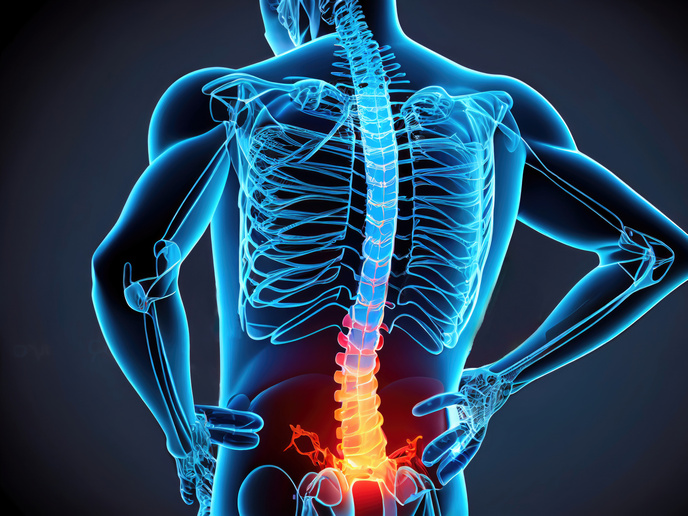Enhancing knowledge about psychotic experiences in young people
Up to 20 % of young people had have some experience of psychotic symptoms. These include hallucinations, perceptual phenomena in which senses are triggered by things that are not there, and delusions, in which people believe thoughts that aren’t true. Research has shown young people that experience these symptoms – but not all – are more at risk of developing psychotic disorders in adulthood, and are more at risk of several comorbid disorders including suicidal behaviours. As childhood trauma is known to be associated with an increased risk of psychotic symptoms, this represents a promising target for intervention. In the iHEAR(opens in new window) project, which was funded by the European Research Council(opens in new window), a team of researchers carried out a groundbreaking multidisciplinary programme to explore the links between early trauma and psychotic symptoms, drawing on several scientific fields such as epidemiology, social science, anthropology and neuroscience. “Findings from this study are important for society because they could help to identify not only those children and adolescents who are at high risk of poor outcomes later in life, but also targets for meaningful early intervention to reduce and minimise that risk,” explains Mary Cannon(opens in new window), professor of Psychiatric Epidemiology and Youth Mental Health at the RCSI University of Medicine and Health Sciences(opens in new window) in Dublin.
Exploring psychotic symptoms among the young
To explore the impact of early life experiences on mental health and psychotic experiences in later life, the team combined data from a large cohort studying 6 000 young people in Ireland, with a clinical interview and neuroimaging study of over 200 people. The project was split into three work packages: epidemiology, neurobiology and qualitative. The first explored distributions and risk factors of psychotic experiences, finding that about 1 in 10 children and adolescents experience hallucinations and delusions. The second work package found that young people with a history of hallucinations and delusions were more likely to have subtle changes in their fine motor skills and their speed of processing. The third showed that young people who experience high levels of trauma or adversity are more likely to continue to experience hallucinations and delusions over time.
Links between early experience and later outcomes
There were many critical insights gained from the wide-ranging project, including that: high childhood self-worth reduced risk of early adolescent hallucinations and delusions; children who experience hallucinations and delusions are at higher risk of later mental health problems; and they are also at higher risk of poor functioning. Clinicians will benefit from the research by recognising psychotic symptoms among youth, and their use as a risk marker for other mental health problems. “There is a great deal of stigma and misconceptions about these symptoms and yet we have shown that these symptoms are very important in terms of predicting risk of current and later mental health problems and functional issues,” adds Cannon. The team will now use the knowledge gained in the iHEAR project to design preventive interventions for psychotic experiences in young people. “It is likely that the most effective interventions may be by tackling non-specific risk factors for mental ill health in youth such as cannabis misuse, childhood adversity, poor parent-child relationships and poor self-esteem,” says Cannon.







